Experiential learning has been gaining popularity in India's L&D (Learning and Development) industry, as it has been one of the most effective ways to improve employee performance and engagement.
One of the ways experiential learning is leading the L&D industry in India is through the use of simulations and gamification. These tools provide employees real-life scenarios to practice and apply their skills in a safe and controlled environment. This helps them build confidence and competence, translating to better performance on the job.
Another way experiential learning is used in India is through immersive learning experiences, such as virtual and augmented reality. These technologies provide employees with interactive and engaging learning experiences that simulate real-life situations.
For example, employees can practice their public speaking skills in virtual reality or learn to operate complex machinery through an augmented reality simulation. It also promotes collaborative learning, where employees work together to solve problems and complete tasks. This helps build teamwork and communication skills, essential for success in today's workplace.
Experiential Learning and Virtual Reality – An Emerging Future
Experiential learning and virtual reality (VR) are two concepts that can work hand-in-hand to provide learners with immersive and impactful educational experiences. Experiential learning is where learners are encouraged to engage in hands-on experiences to deepen their understanding of a particular subject or concept.
Experiential learning and virtual reality can create a powerful learning experience. VR technology can provide learners with realistic simulations of situations and environments that would be too dangerous, expensive, or logistically impossible to recreate in the real world. By immersing learners in these simulations, they can realistically experience and interact with the environment, allowing them to practice skills and gain knowledge in a safe and controlled environment.
For example, medical students can use VR simulations to practice surgeries or diagnose patients, while engineers can use VR to simulate complex manufacturing processes or machine designs.
Moreover, VR can enhance experiential learning by providing immediate feedback on actions and decisions. Learners can test different strategies and see the outcomes in real-time, allowing them to learn from their mistakes and make adjustments. This type of feedback can be precious in fields where errors can have serious consequences, such as healthcare or aviation.
How Virtual Reality is Making life easier for Employees in the Workplace

Virtual Reality (VR) technology can make life easier for employees in the workplace in many ways.
- Training: VR can provide an immersive and interactive training experience for employees. Industries such as manufacturing or healthcare can especially use VR. VR can simulate real-life scenarios, eventually allowing employees to learn new skills in a safe and controlled environment.
- Remote Collaboration: With the emergence of remote work, VR can help employees feel more connected with their colleagues by creating a shared virtual workspace. This can make it easier to collaborate on projects, share ideas, and build relationships with co-workers, even if they are working from different locations.
- Mental Health: VR can reduce stress and anxiety in the workplace. For example, employees can use VR to take a virtual break and go to a calming virtual environment during their workday. This can help reduce burnout and improve mental well-being.
- Accessibility: VR can make the workplace more accessible for employees with disabilities. For example, VR can simulate a virtual office environment accommodating employees with mobility or vision impairments.
- Productivity: VR can be used to streamline workflows and increase productivity. For example, employees can use VR to visualize and test new product designs or prototypes before manufacturing, saving time and resources.
Conclusion
Experiential learning and virtual reality can be powerful tools for creating engaging and impactful learning experiences. Combining the two allows learners to gain hands-on experience in a safe and controlled environment, receive immediate feedback, and develop a deeper understanding of complex concepts and skills.

YOU CAN’T LEARN ANYTHING FROM A POP-UP.
But you can learn a lot from insightful matters by our experts by getting those delivered to your inbox every month.

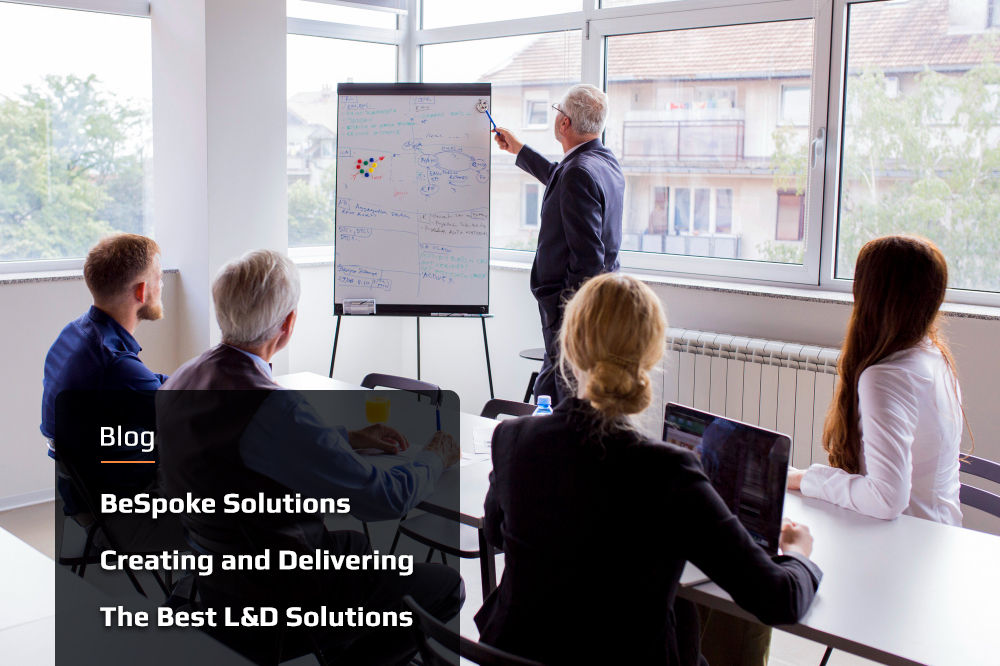
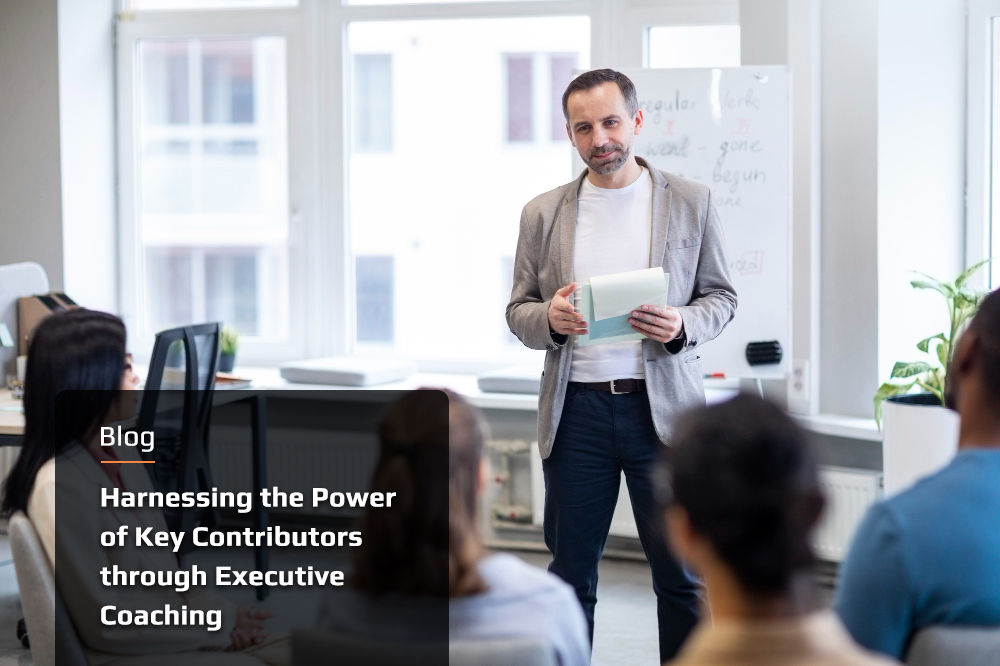
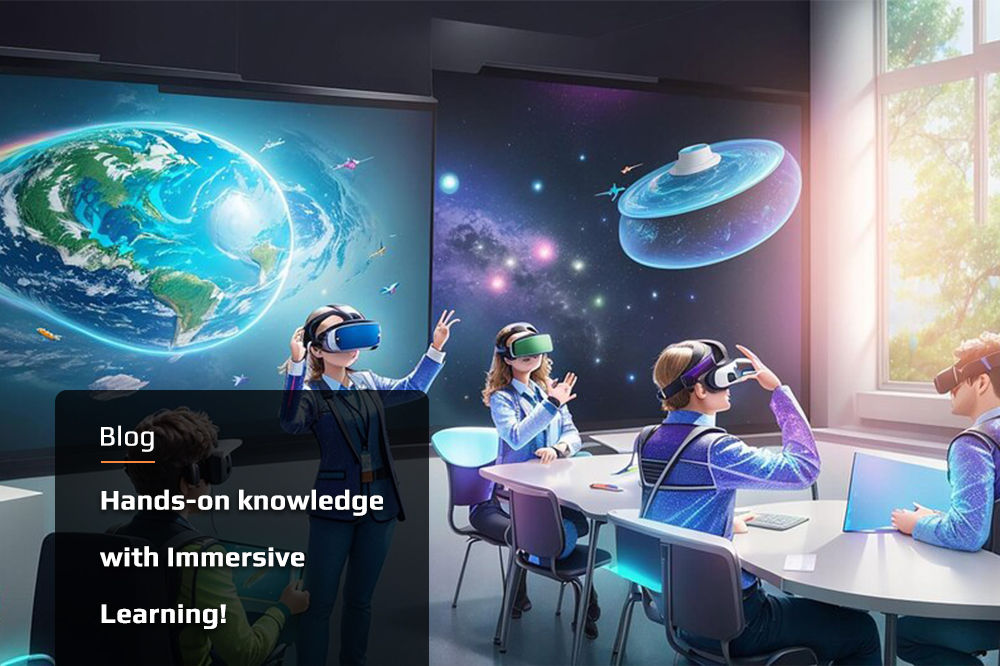
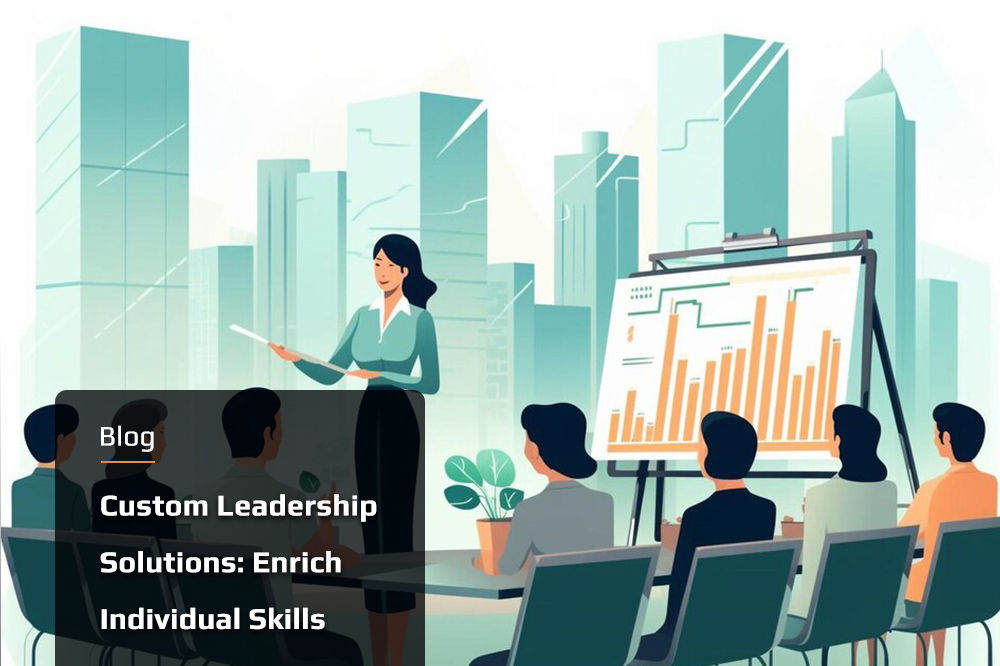

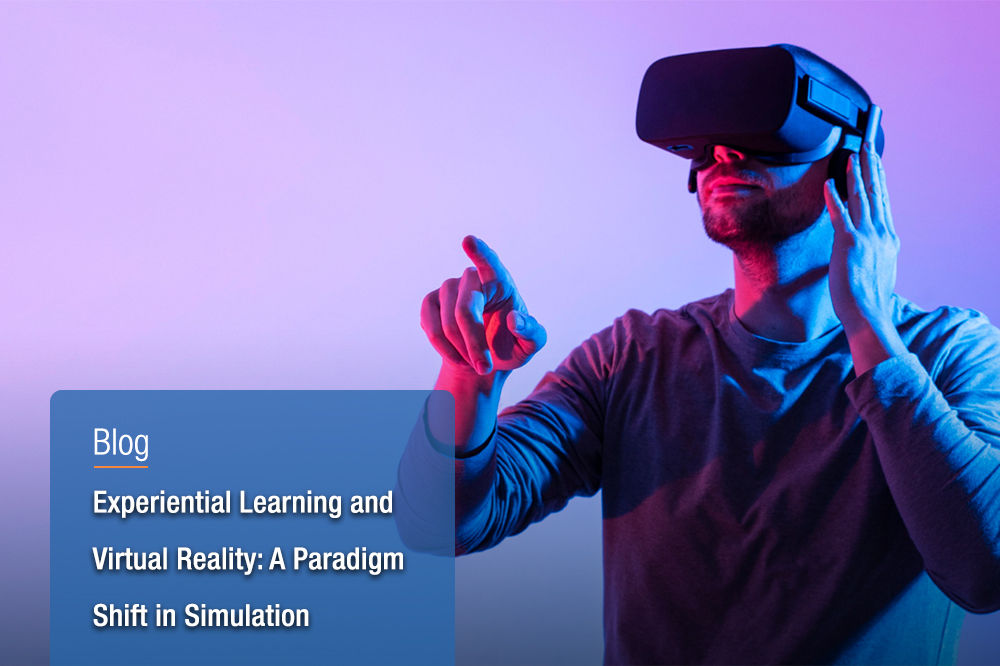
Comments